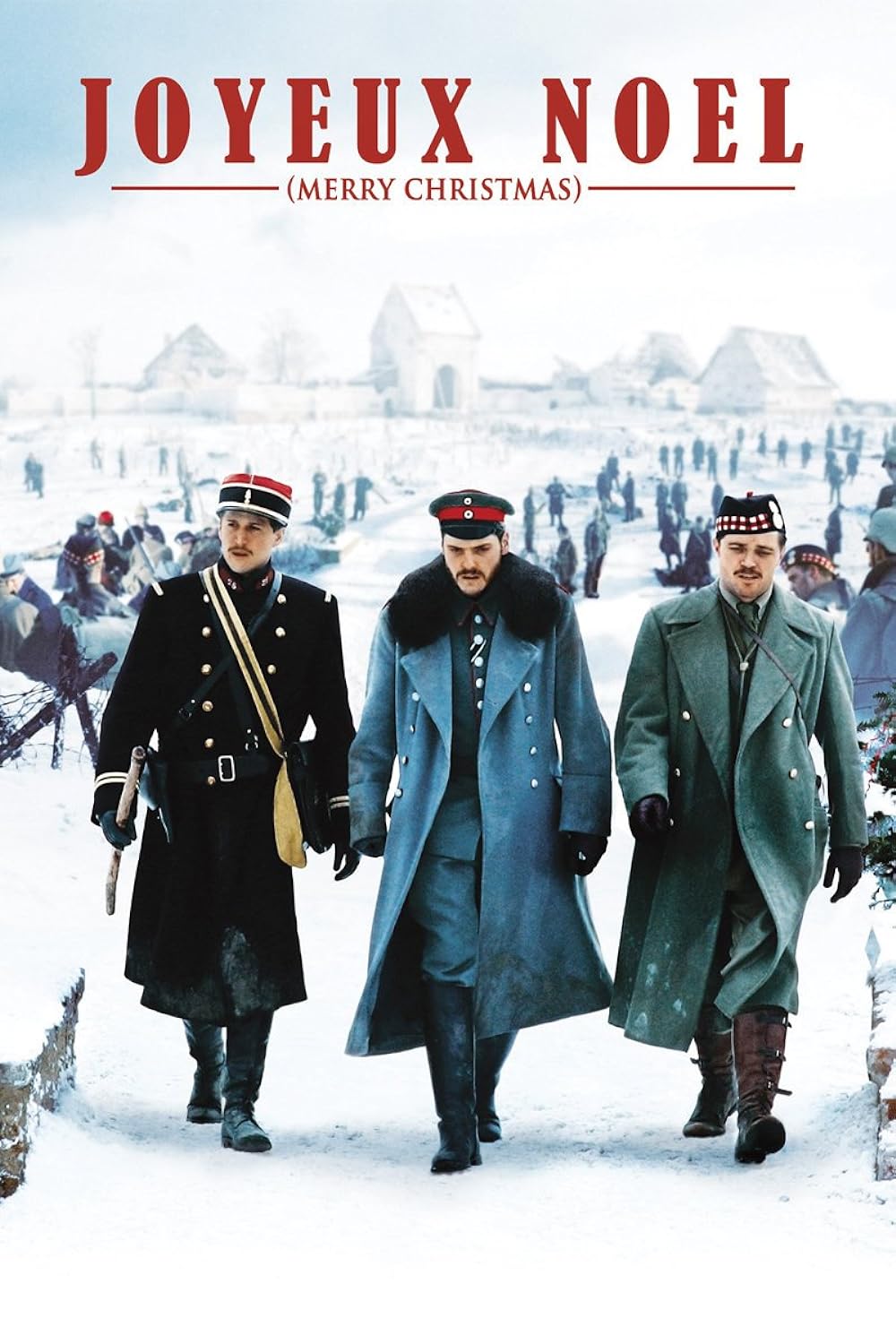The Christmas Truce has become one of the most famous events of the First World War. But what was the real story behind the truce? Why did it happen and did British and German soldiers really play football in no-man’s land?
Late on Christmas Eve 1914, men of the British Expeditionary Force (BEF) heard German troops in the trenches opposite them singing carols and patriotic songs and saw lanterns and small fir trees along their trenches. Messages began to be shouted between the trenches.
The following day, British and German soldiers met in no man’s land and exchanged gifts, took photographs and some played impromptu games of football. They also buried casualties and repaired trenches and dugouts. After Boxing Day, meetings in no man’s land dwindled out.
On a crisp, clear morning, thousands of British, Belgian and French soldiers put down their rifles, stepped out of their trenches and spent Christmas mingling with their German enemies along the Western front.
The event has been seen as a kind of miracle, a rare moment of peace just a few months into a war that would eventually claim over 15 million lives. But what actually happened on Christmas Eve and Christmas Day of 1914 — and did they really play soccer on the battlefield?
Pope Benedict XV, who took office that September, had originally called for a Christmas truce, an idea that was officially rejected. Nevertheless, some two-thirds of troops — about 100,000 people — are believed to have participated in the legendary truce.
Joyeux Noel is a 2005 film and is set in December 1914, where an unofficial Christmas truce on the Western Front allows soldiers from opposing sides of the First World War to gain an insight into each other’s way of life. The film is based on the Christmas truce of 1914 and is told through the eyes of French, British, and German soldiers.
















0 Comments